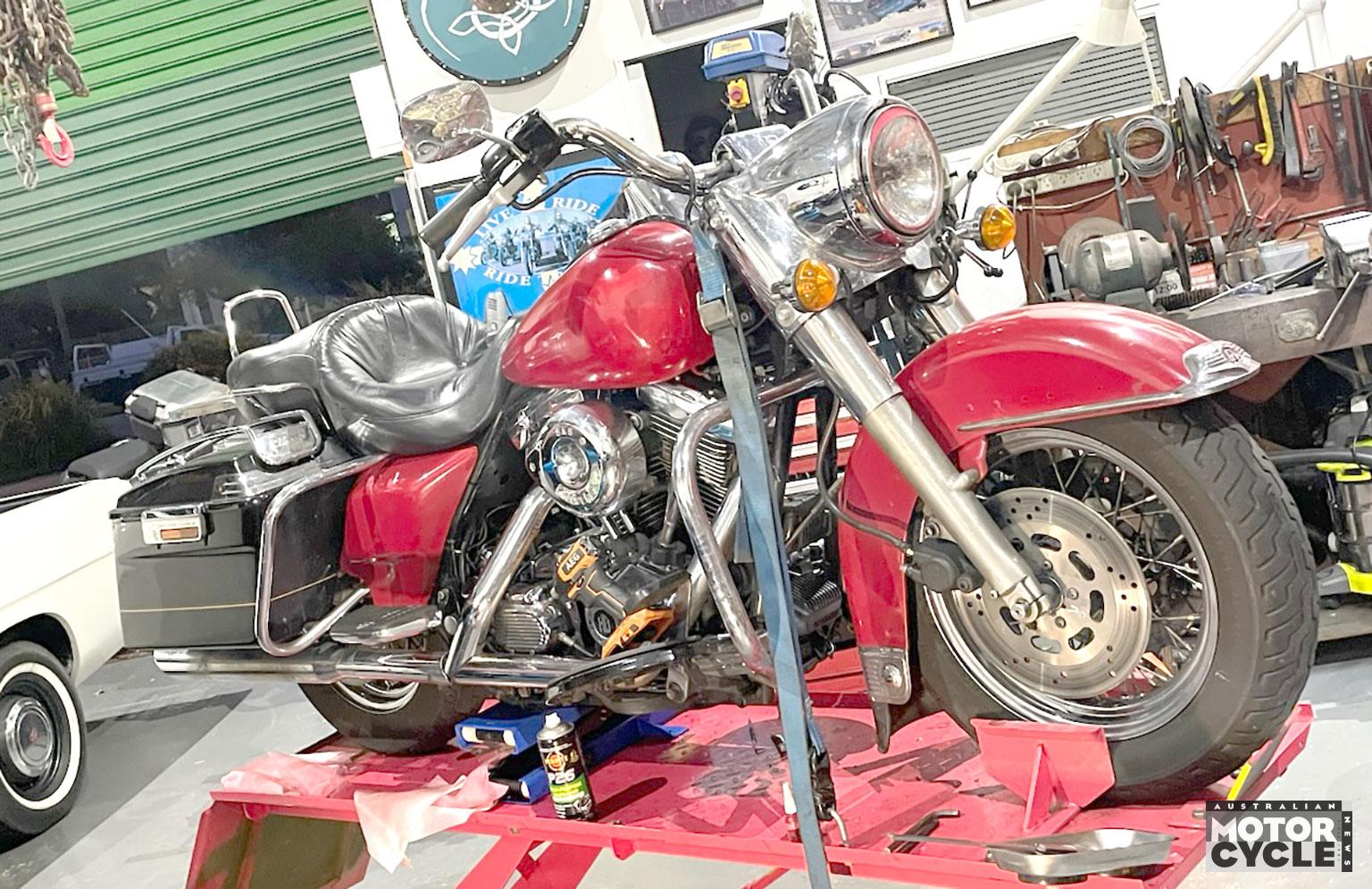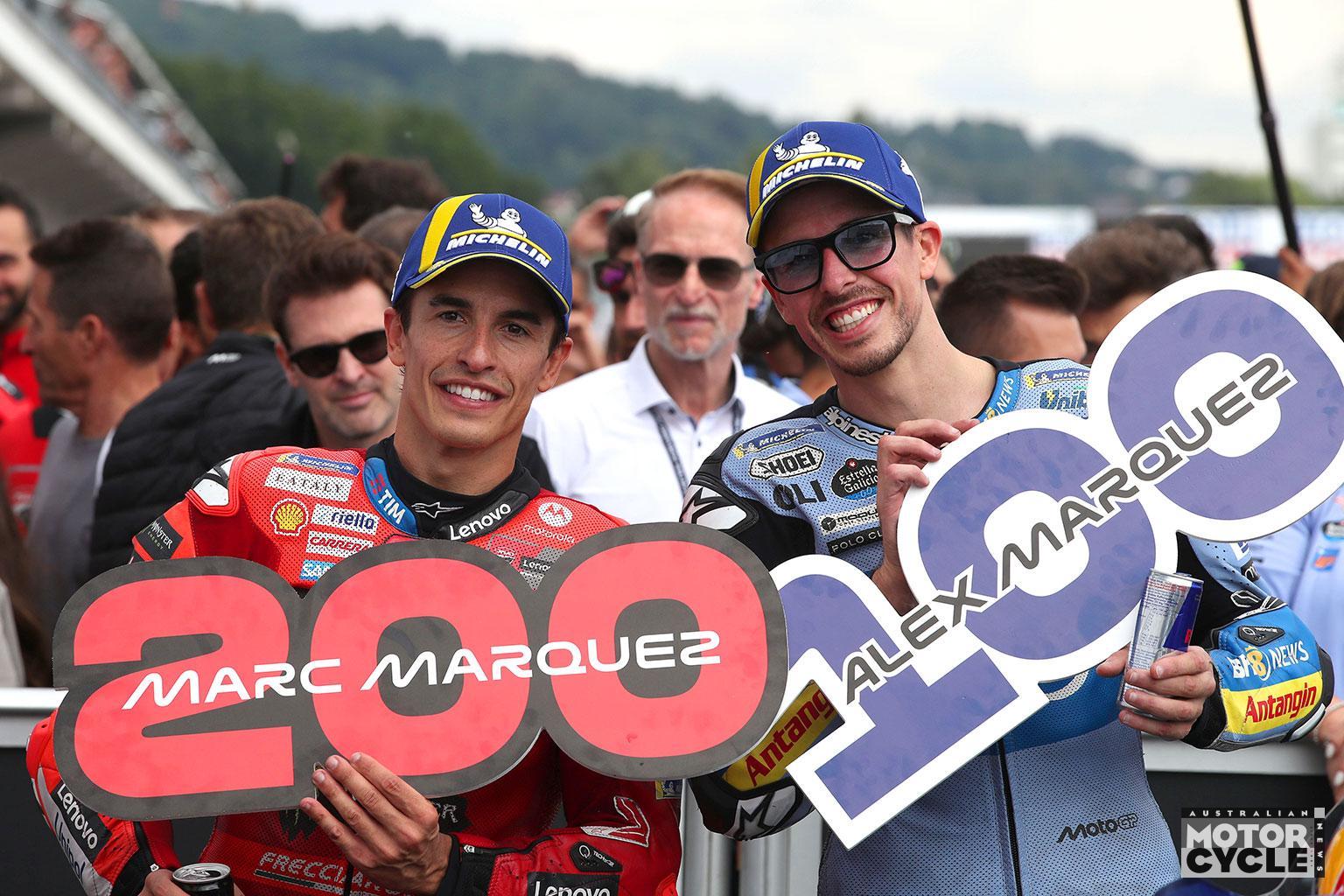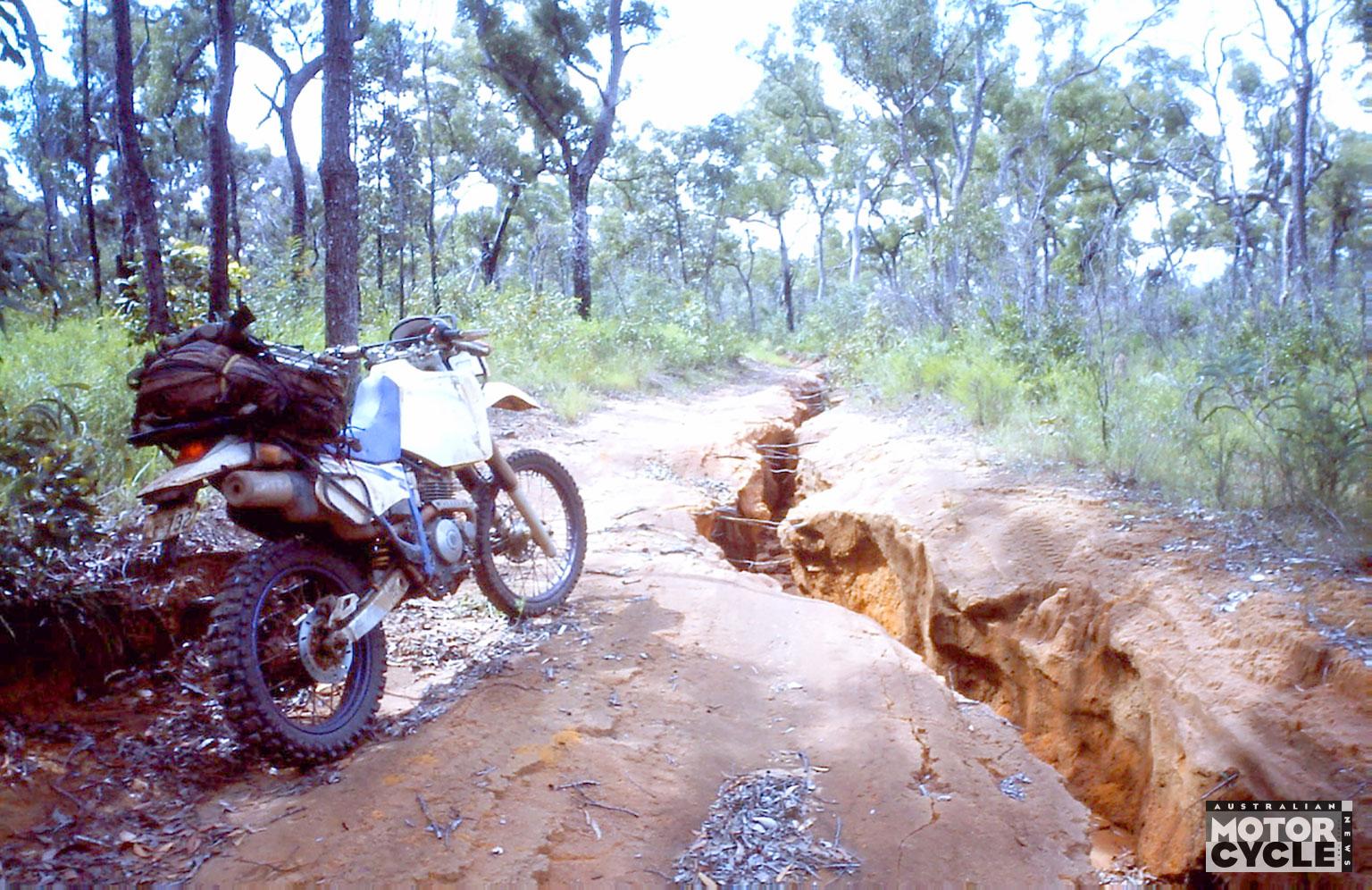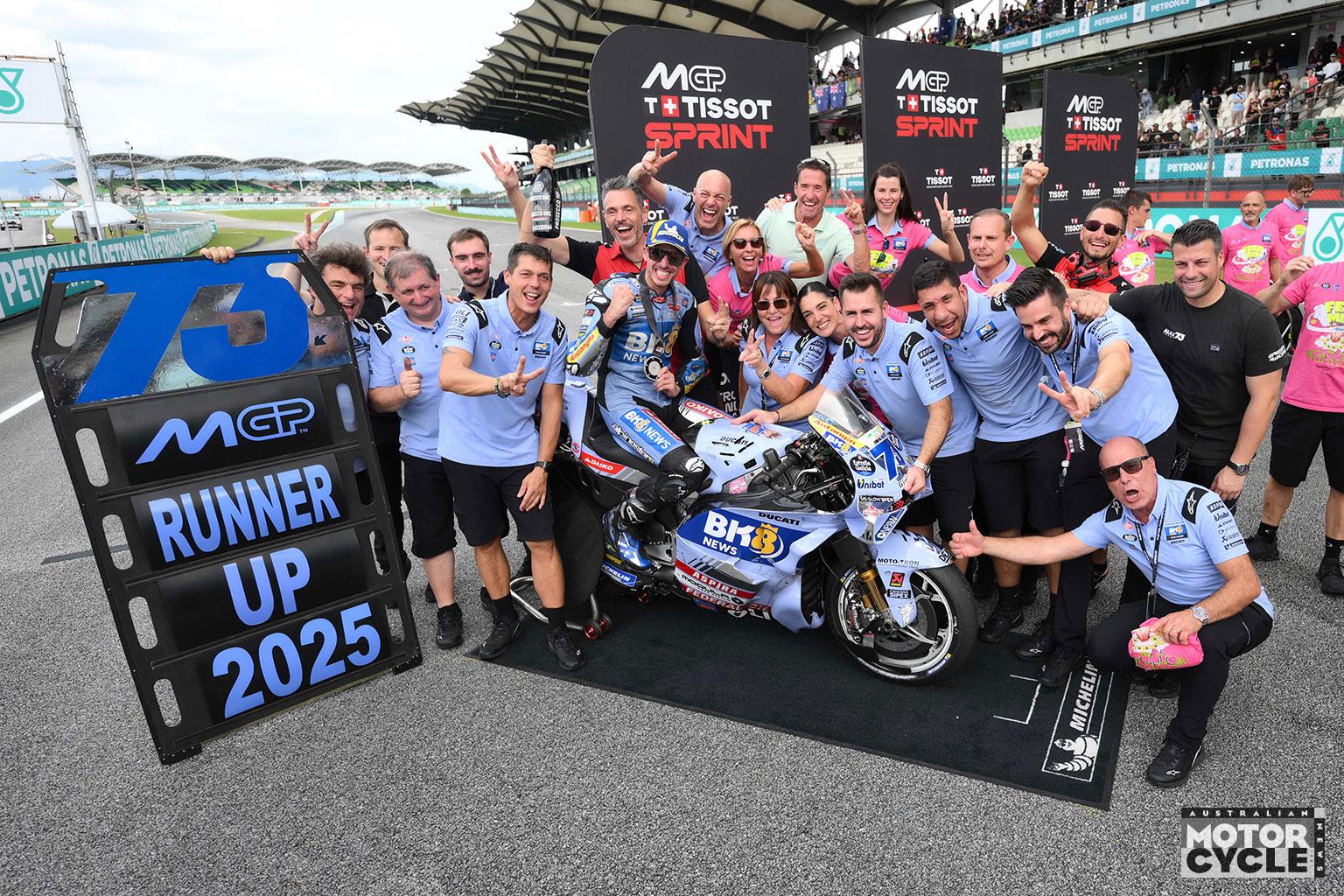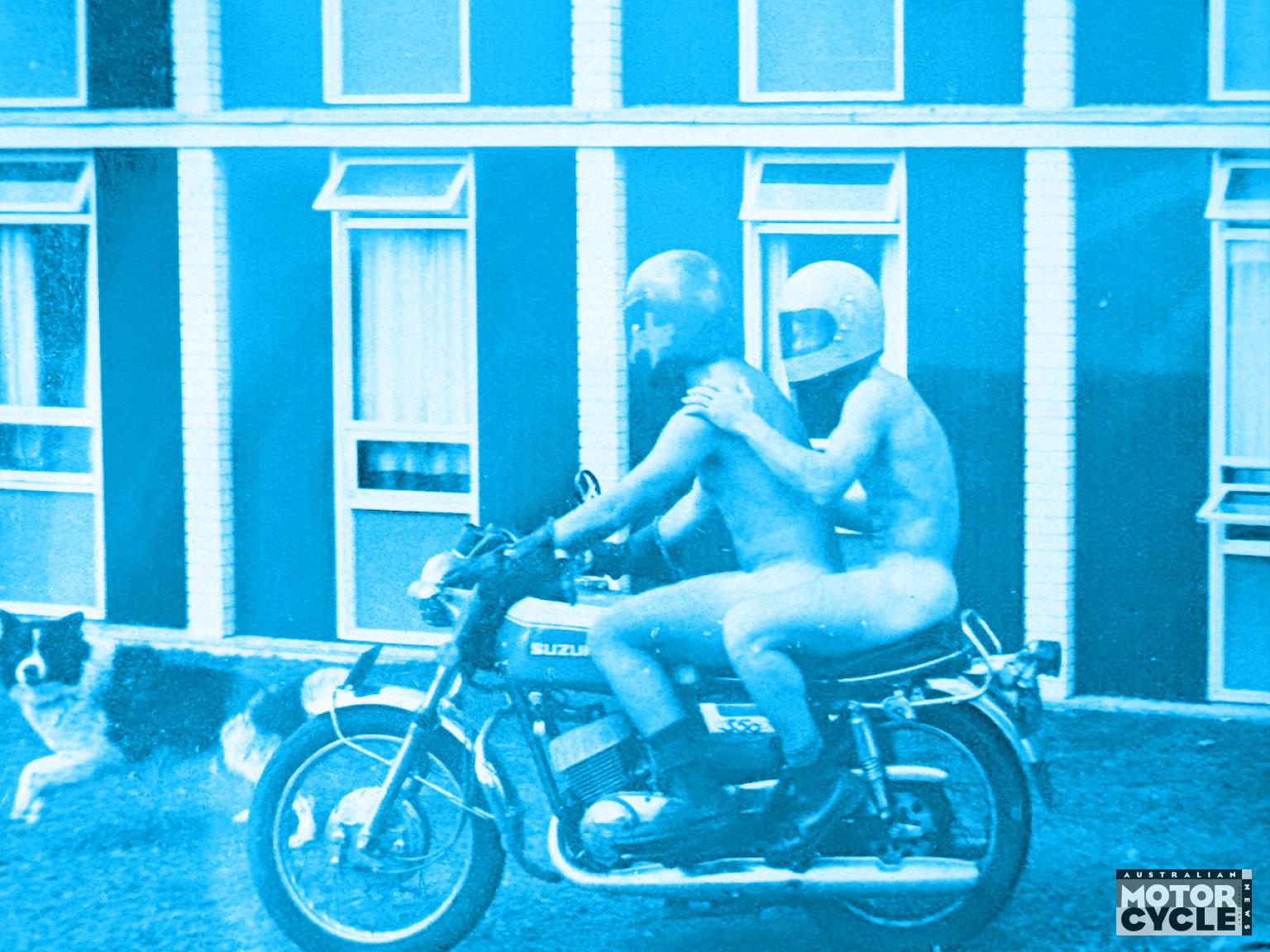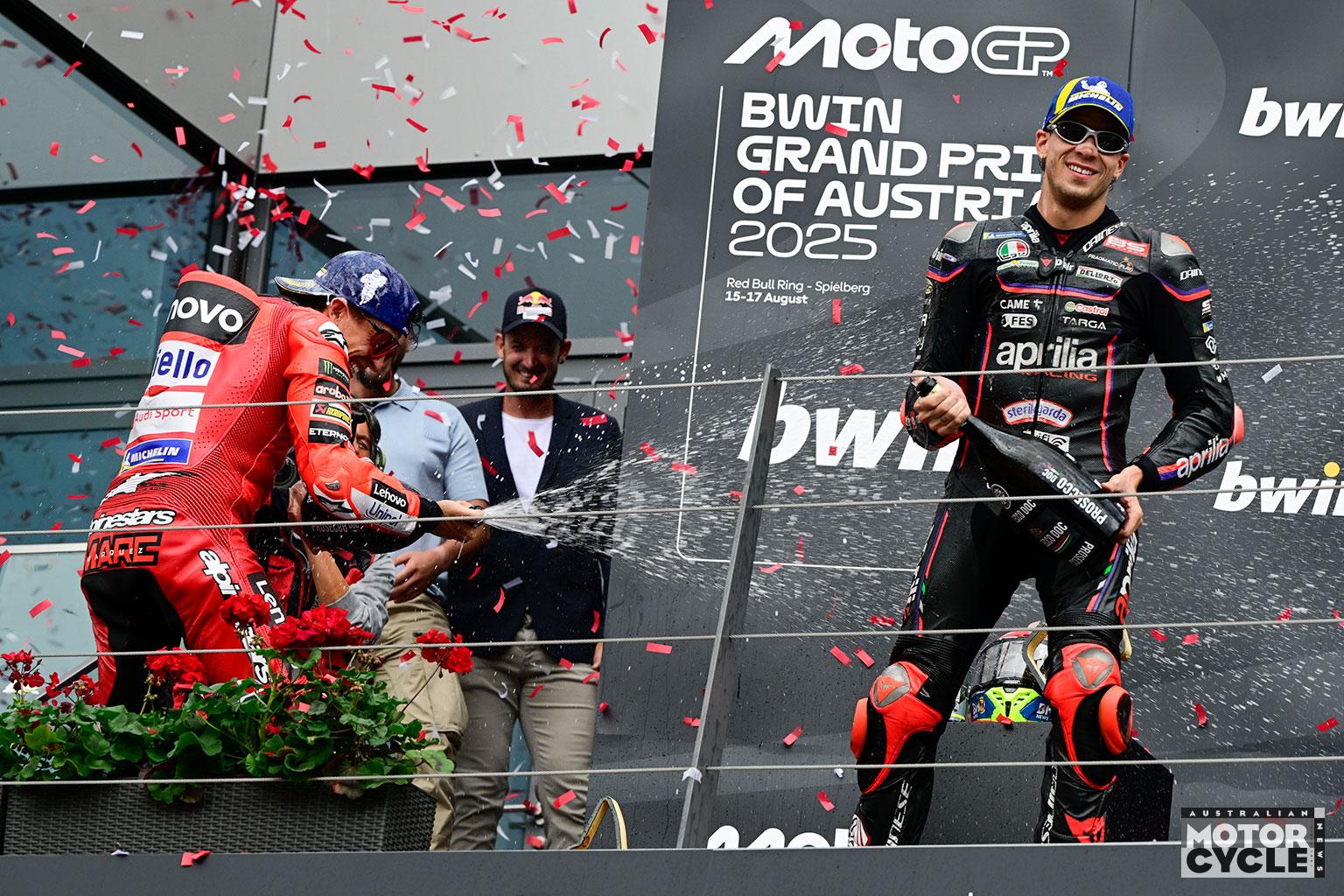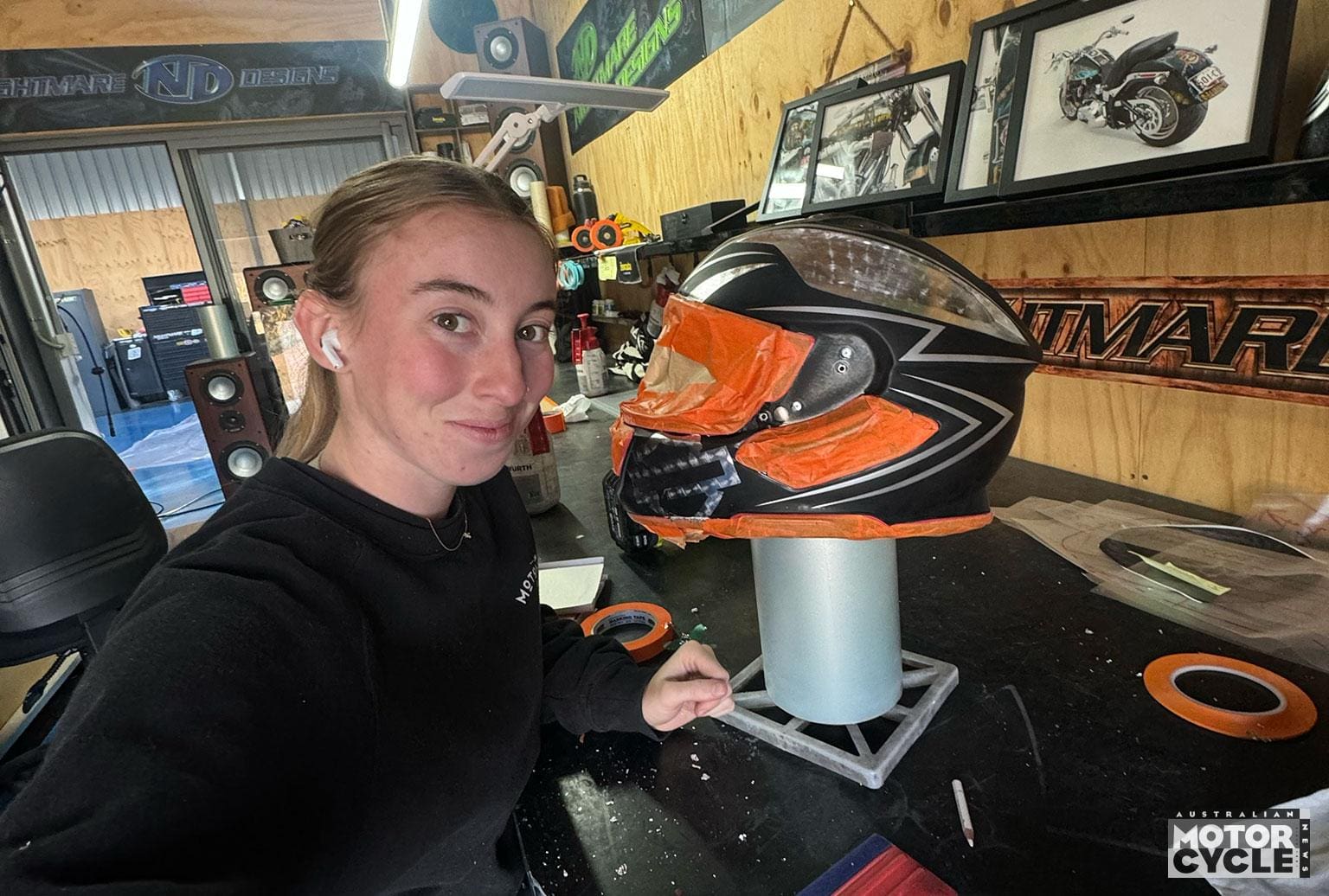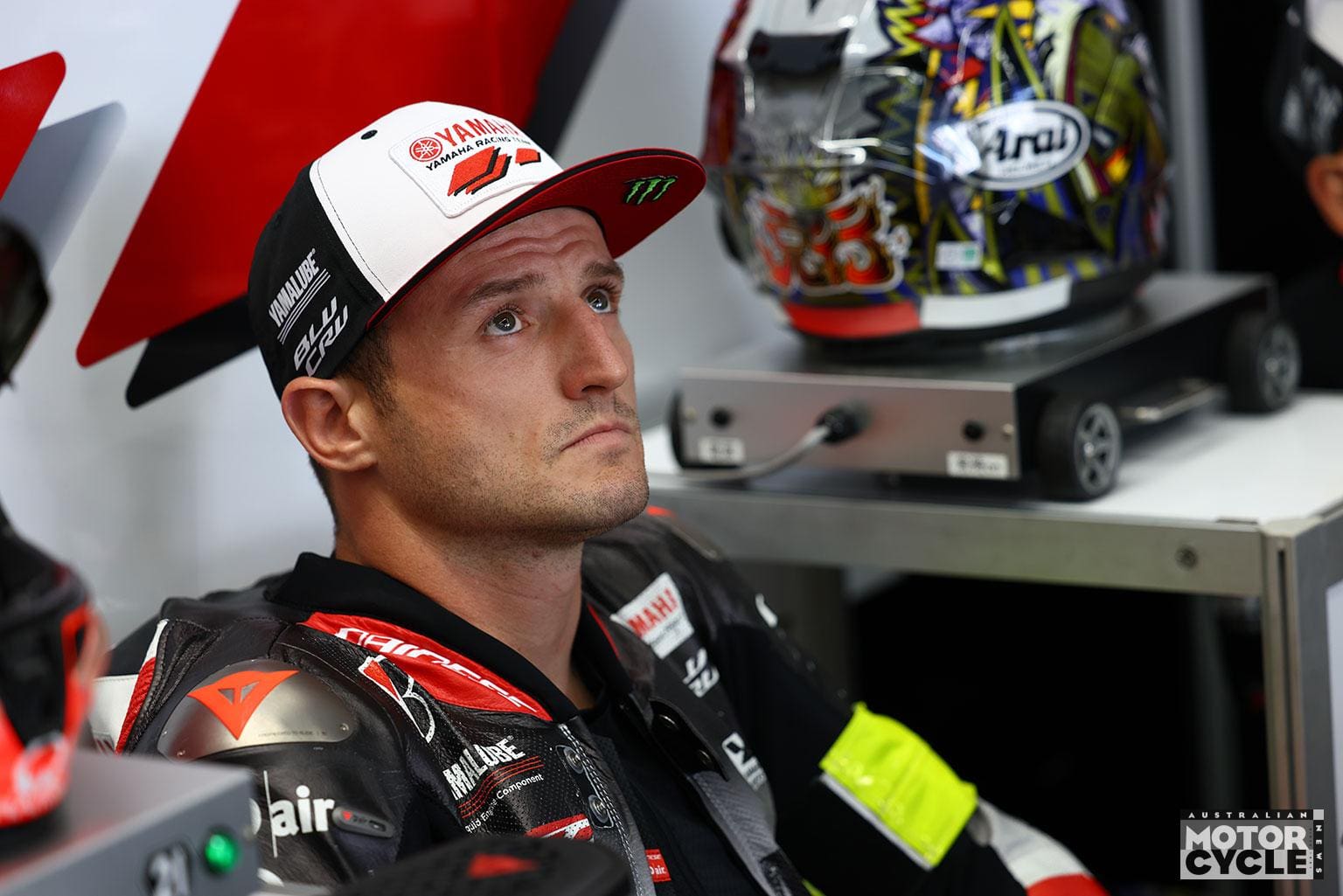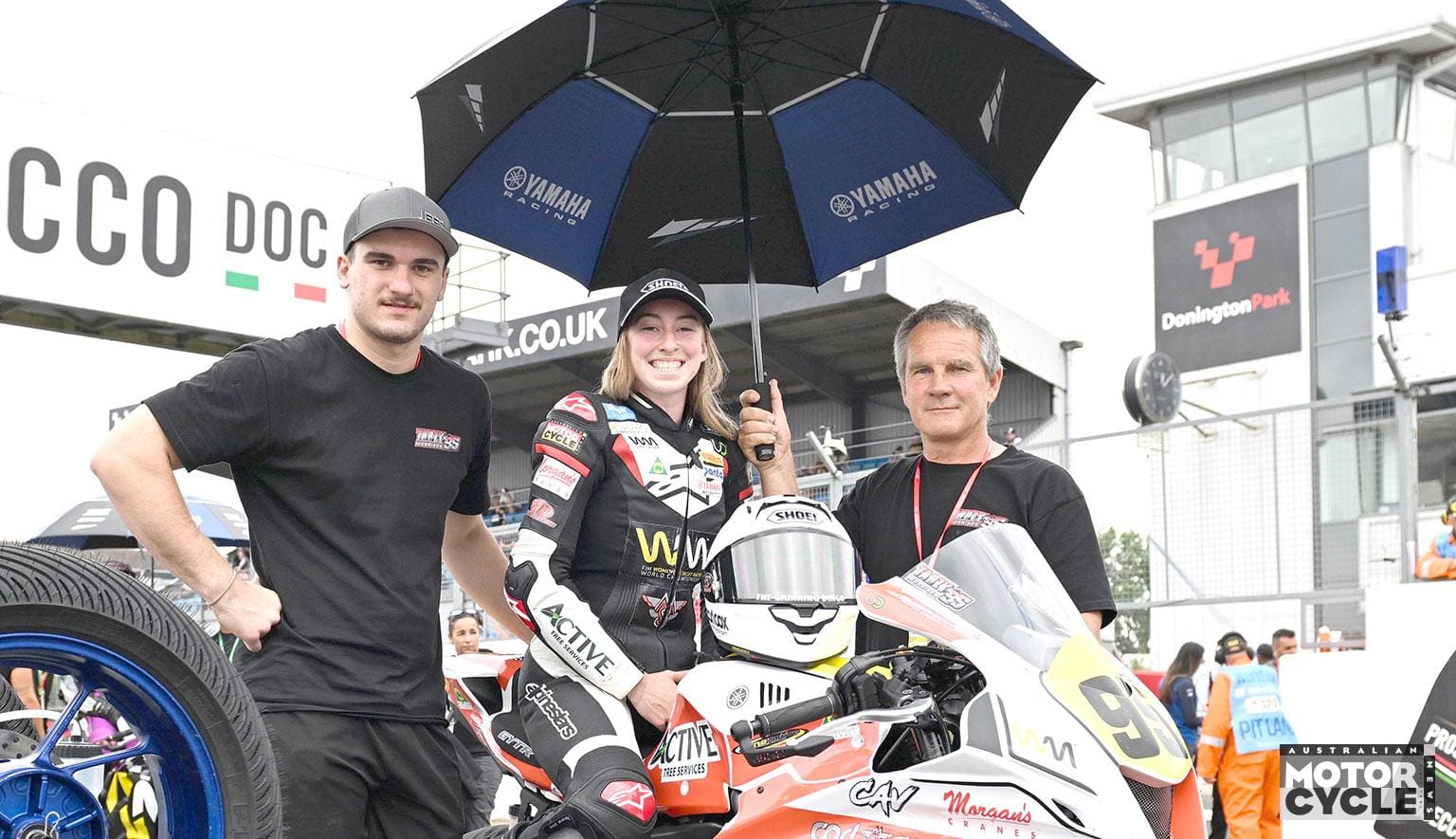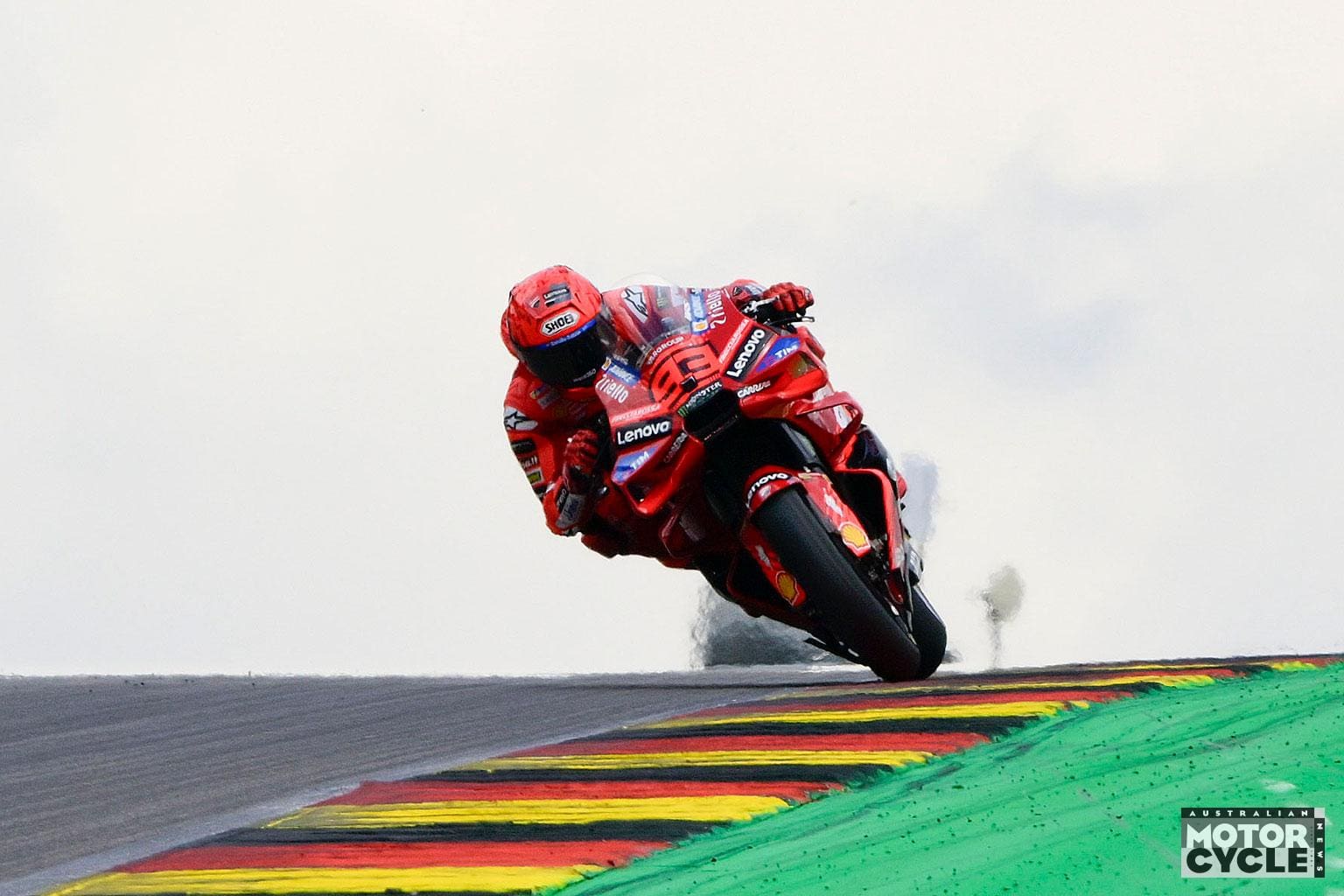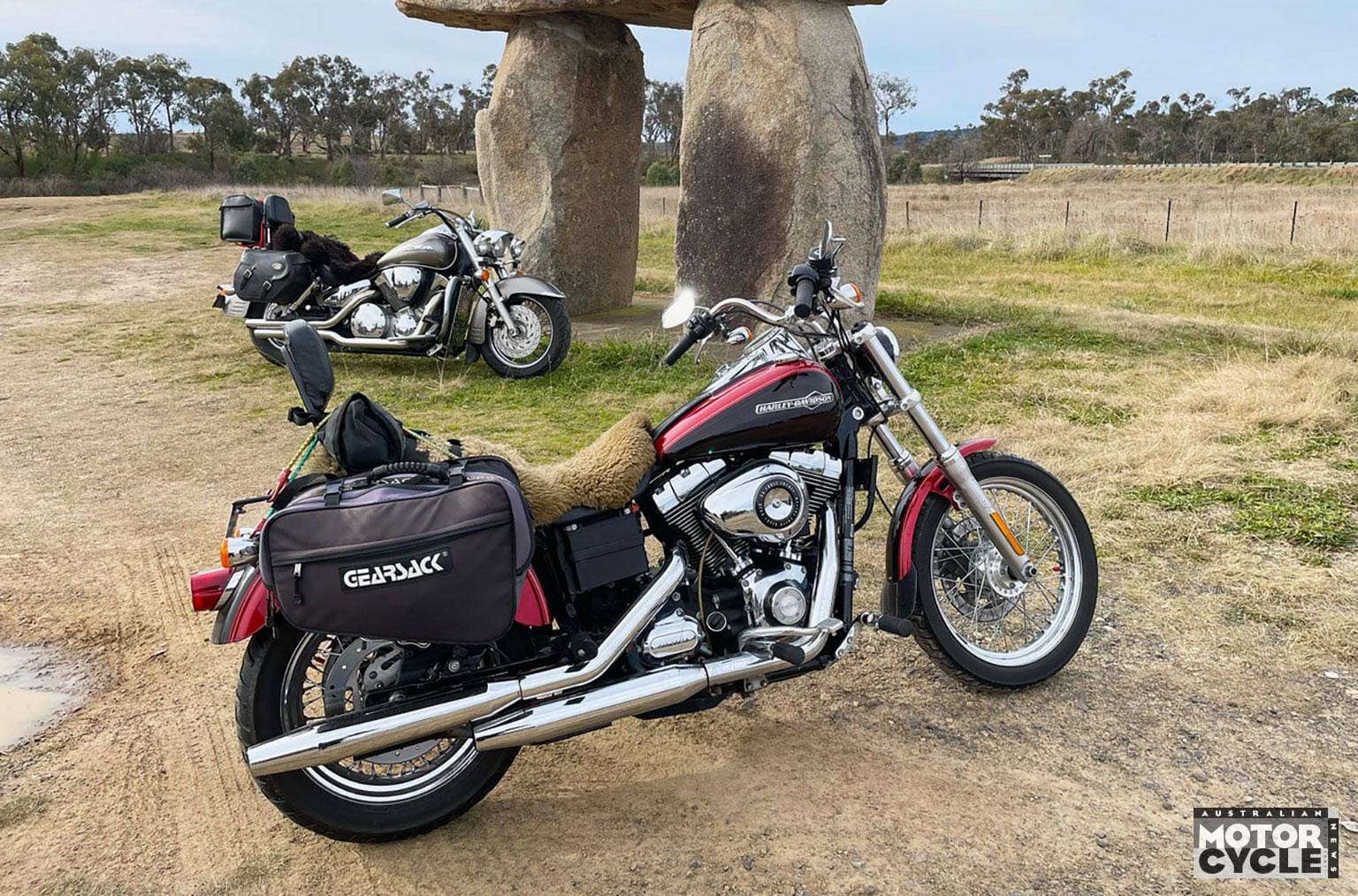This year the latest-generation Michelins have had a huge influence on MotoGP results, and from Round 6
onwards will continue to do so… except in a different direction, after the first attempt at a new front tyre was rejected by the vast majority of riders.
This tyre had already played a big part. Defending champ Márquez suffered two race crashes (40 per cent!) because of losing the front. And Rossi had also complained of a queasy front feeling with the new soft-carcass tyre (though it should be pointed out his costly last-lap crash at Le Mans came from losing the rear rather than the front).
Both these riders have a hard-braking style – shared with Cal Crutchlow, who at time of writing has also suffered two race crashes.
Lorenzo, by contrast, is much smoother and more flowing. So it’s no surprise that he was one of three riders who voted against switching to the new tyre at the pre-race forum at Le Mans, where 20 others voted for it.
The ‘new’ tyre is not so new. With a code name ‘70’, it was used at Valencia last year, and for post-race tests. From there, Michelin developed a 2017 tyre, named ‘06’, with the same compounds but a softer construction.
This is the one that Márquez’s brutal braking causes to overheat, in turn causing him to fall off in Argentina and France. This has put his title defence under great pressure.
The older ‘70’ tyre was actually shipped to Round 2 in Argentina for further assessment, but a delay in delivery kept it out of action… until joint tests after Jerez. Riders thought the differences were small, but generally also favourable. At this level all the margins are minuscule.
The Le Mans vote means the stronger front tyre will be the only tyre of choice from Round 6 at Mugello onwards. It will be interesting for all, but especially for Márquez and Rossi.
Because nothing is cut and dried. Second Repsol Honda rider Pedrosa has been having a completely different kind of tyre trouble. Weighing only 51 kg, his problem is not overheating but underheating, particularly in cool conditions for qualifying. At Le Mans he had to come through from 13th on the grid, impressively claiming third.
It is fair to say that most, maybe all, of this year’s races have ultimately been decided by tyres. And the importance of rubber has increased since the arrival of Michelin last year. Predecessor Bridgestone operated to more restrictive parameters, given the distances between the company’s production facility in Japan and the race venues. The company’s tyres were necessarily broad-spectrum. But they still suited some bikes and some riders better than others.
Michelin took over last year, and this year the allocation was upped from a choice of two to three tyres front and rear. It has introduced a new level of tyre tactics, with riders having to make crucial choices.
There’s nothing very new about tyres deciding races. Talk to an old-timer (in my case 1970s GP winner Alan North) and even before slicks, when privateers were winning races and titles, “there were guys getting special tyres and the rest of us stuck with what we had to buy”.
The heyday came in after 2000, when Michelin, Dunlop and latterly Bridgestone created major tyre wars, with rapid development week by week. Or, in the case of Rossi and a few others, day by day, with ‘silver bullet’ tyres made overnight in Michelin’s French factory and trucked to the circuit in time for the race on Sunday.
There is something to be said for ‘control’ tyres. They still affect the racing, but without direct interference race by race, and with much less favouring of individual riders.
Though Márquez might disagree.
By Michael Scott
